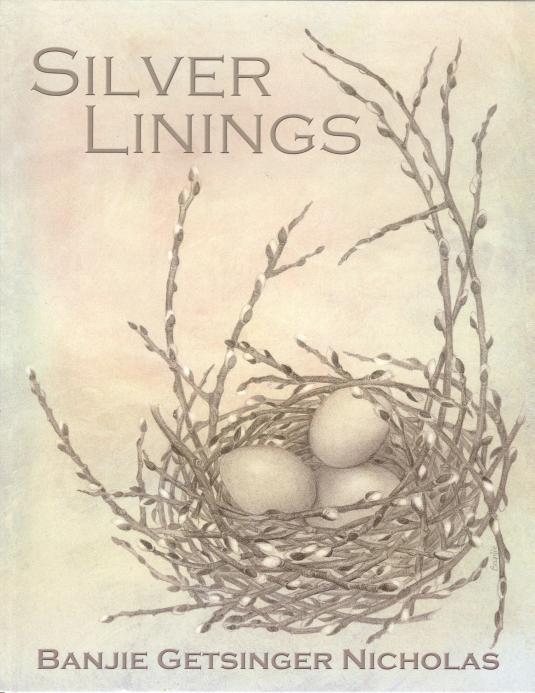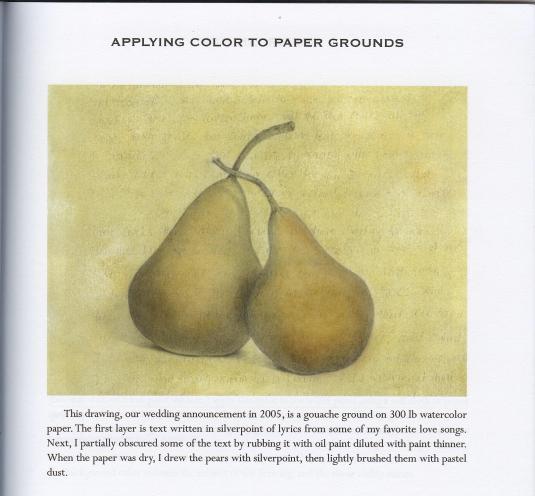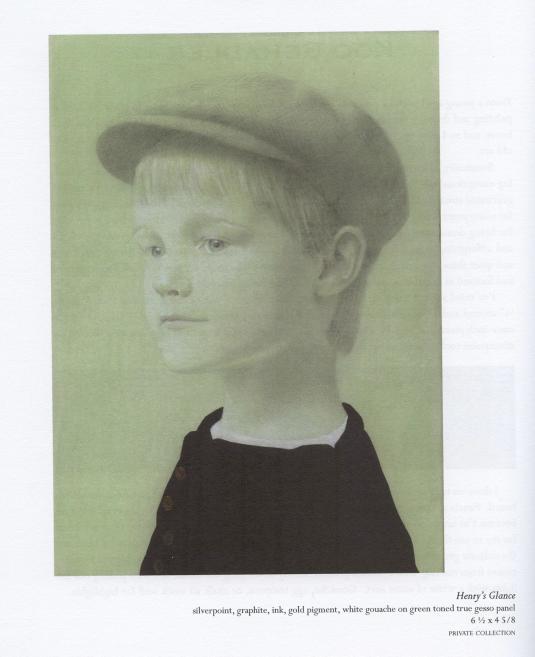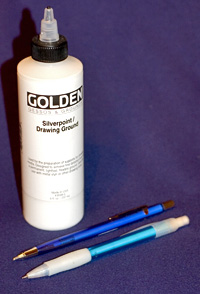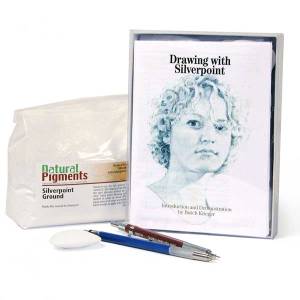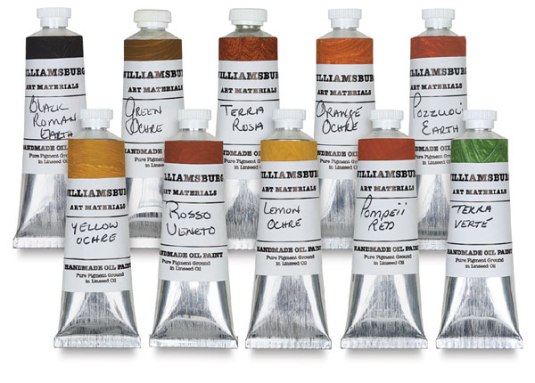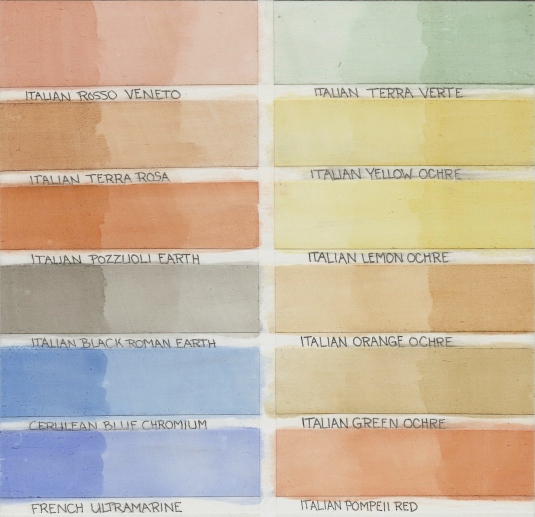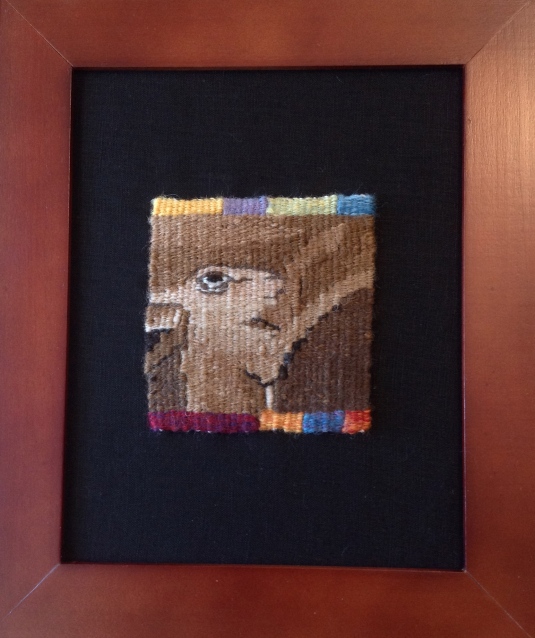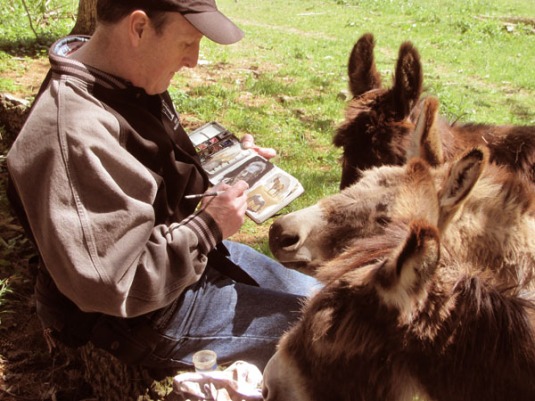I have talked quite a bit about silverpoint in previous posts and have received quite a few questions from curious individuals about the technique.
So I thought it would be useful to put together a post on resources for silverpoint.
Books
The first thing I always want when exploring a new technique is books on the subject. I must admit that there are a paucity of books on silverpoint.
I did find one book that is a great introduction to silverpoint and also includes a gallery of work by contemporary silverpoint artists: Silver Linings by Banjie Getsinger Nicholas.
The books covers all the basics including tools, grounds, and basic exercises.
Here are a couple of examples of the wonderful silverpoint illustrations from the book:
Websites
There are a couple of websites in particular that are useful for information on silverpoint.
The Silverpoint Web includes both basic useful information as well as more esoteric information such as how to make your own silverpoint ground from scratch.
The Society of Metalpoint Artists is a newer website that also has useful information as well as a listing of contemporary metalpoint artists and their websites
Tools and Materials
There are a few places to buy silverpoint tools, grounds, etc. Two online sites that I found particularly helpful were: Silverpoint Web and Natural Pigments (the two links here take you directly to product pages).
I bought the basic kit from Silverpoint Web and those are the tools I have been using for my silverpoint work. However, the options are endless with different metals, grounds, techniques etc.
Supports and Grounds
Supports and grounds seem to be the topic that occupies a lot of air time in silverpoint forums. The only requirement is that the ground has a “tooth” to remove silver from the tip of the tool. Grounds can be applied to paper or board.
Some examples of grounds include caesin or gouache titanium white, traditional gesso, claybord, or Golden Silverpoint ground, to name a few. It is really personal preference that is the deciding factor in choosing a ground.
I prefer to work on board versus paper and have no desire at this time to make and apply my own grounds to a support. However, I have seen wonderful examples of silverpoint done on all kinds of surfaces including ceramic tiles!
I have found 2 sources for supports with grounds that I like and work fantastically for silverpoint: True Gesso Panels and Art Boards Gesso Panels. Neither of these are the least expensive options but I find it a real pleasure to do my silverpoint work on these surfaces.
I hope that you will explore the ancient art form of silverpoint – it can be truly addictive.
If you have additional questions, let me know and I will do my best to steer you in the right direction.
